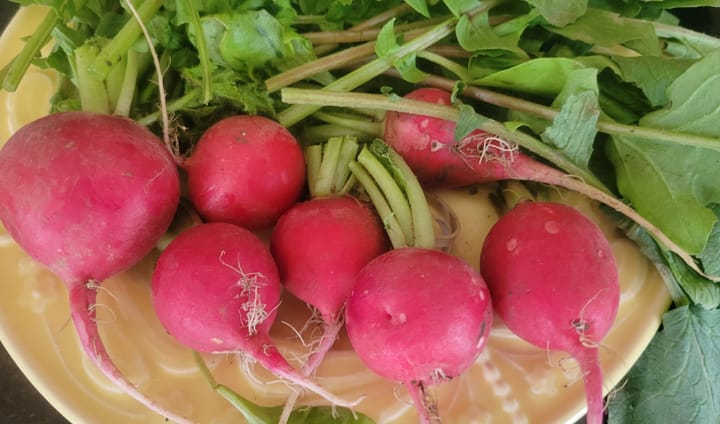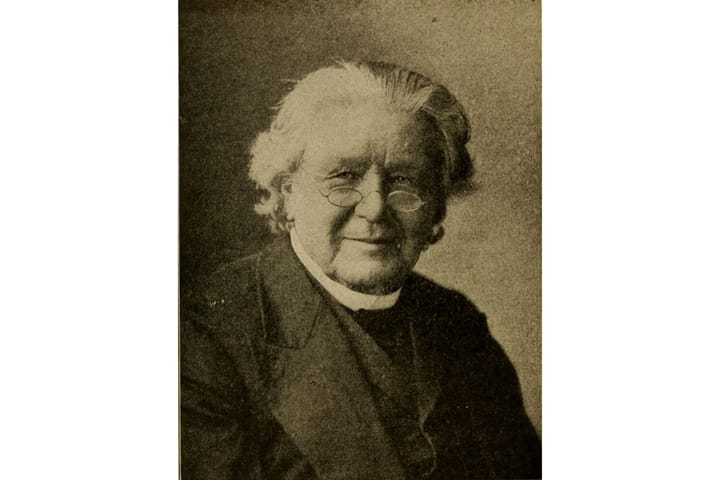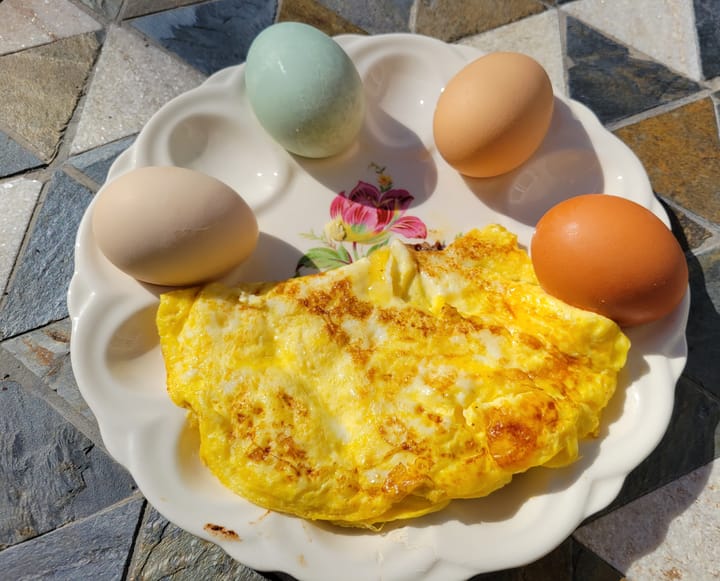Decades ago, zoology professor Robert A. Hefner began his column Silvoor Notes in the Oxford Press, covering the restoration of the biological sanctuary. Today, Silvoor curator Amanda Bentley Brymer is bringing back the tradition with Silvoor Stories.
Southwest Ohio is beautiful, and I will not let anyone convince me otherwise.
Before moving to Oxford, I lived on the border of Idaho and Washington where the Saint Joe Mountains meet the rolling hills of the Palouse. Once defined by its forb-dominant prairie, the Palouse was transformed into cropland by the 19th century homesteaders’ plow. Today, dozens of rural communities across the region depend on the agricultural production of lentils, chickpeas, wheat and barley. Harvest is a sight to behold as self-leveling combines skirt the steep loess slopes, each driver taking care to avoid tipping over.
It is a beautiful and complex place to live and work, so my friends were stupefied when I told them I was moving east. Why would anyone leave the West for the Midwest?
My response, after living in Oxford for over a decade, is that this place is more beautifully complex than anywhere I’ve lived before. With its shallow-sea history and fossiliferous limestone, Oxford and its surrounding areas are among the best in the world for finding remnants of life inhabiting the Ordovician ocean 450 million years ago. After the oceans rose and fell, glaciers expanded and receded to form the fertile soil that drives agricultural production in our region today.

Local woodlands spared by the plow are home to a variety of animal, fungal and plant species, including spring ephemerals: our native wildflowers. One of my favorite places to observe spring ephemerals is Silvoor Biological Sanctuary, where I have served as Curator since 2013.
Silvoor Biological Sanctuary was established in 1930 by zoology professor Robert A. Hefner and his family. Through the height of the Great Depression, the Hefners restored four degraded acres south of Chestnut Street. Improvements included the construction of a dam and pond, native vegetation plantings and additional land purchases. Hefner documented these efforts through the 1940s and again in columns published in the Oxford Press through the 1970s-80s. Hefner’s musings included hundreds of field observations, like the emergence of white Virginia bluebells (Mertensia virginica), winter snowstorms and a garter snake trying to swallow a toad.
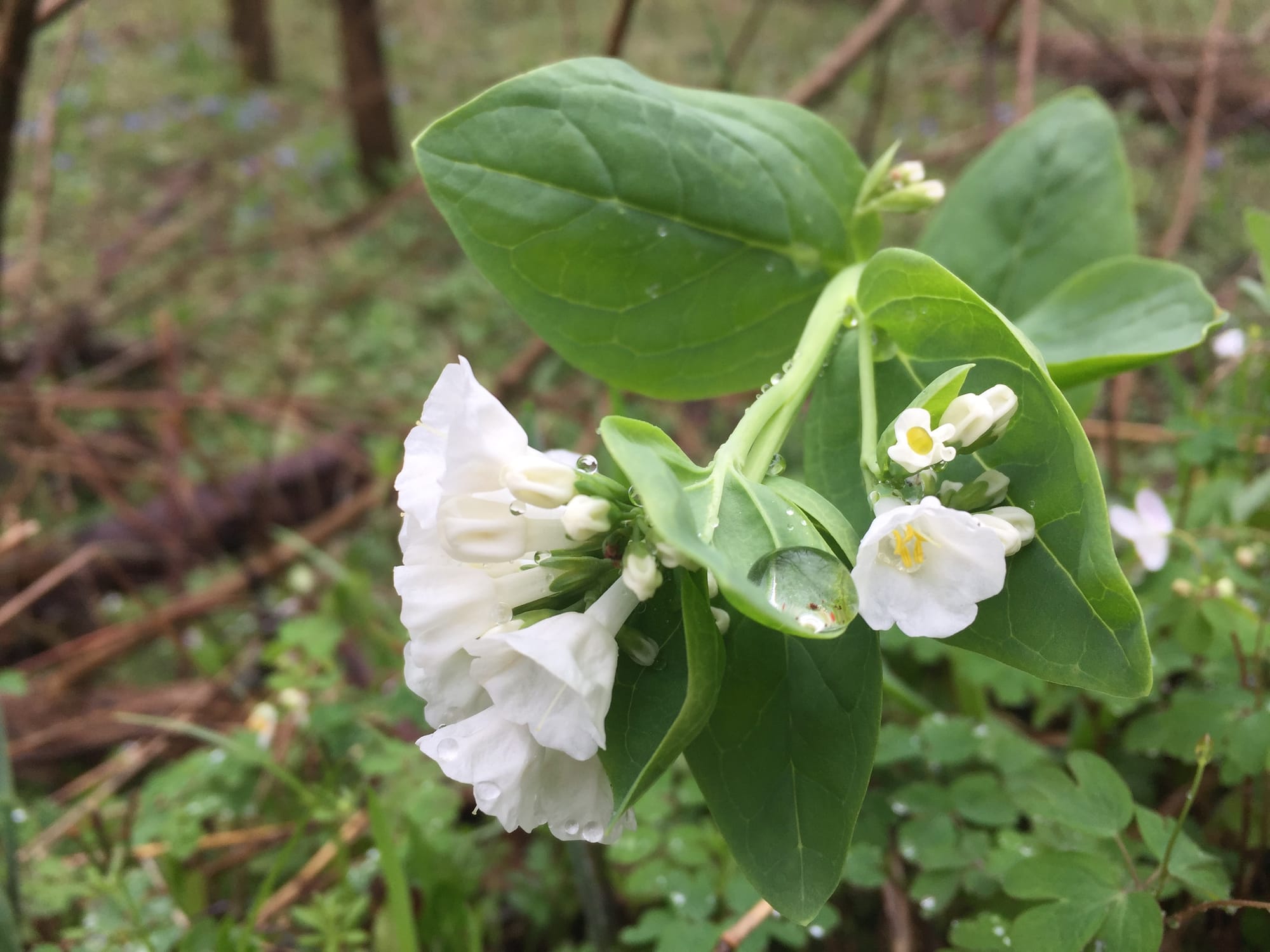
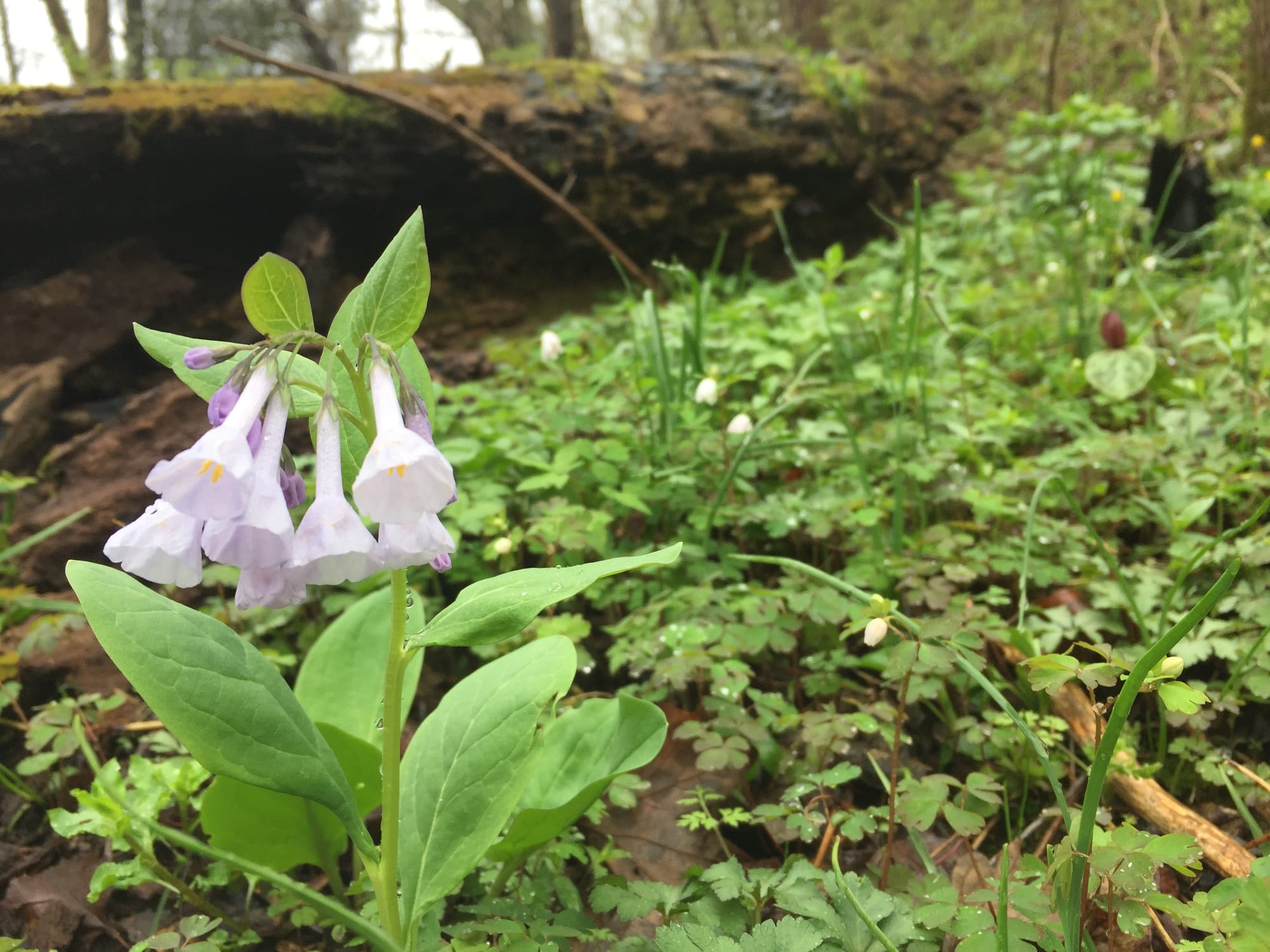
By 1980, the Hefner property was subdivided — including Silvoor Biological Sanctuary — and subsequent owners donated parcels of their land to Miami University. The result today is a sanctuary that comprises university and private properties warranting collective management led by the Miami University Natural Areas Committee and natural areas field manager.
In 1989, the Oxford Audubon Society (as it was known at the time) published a selection of Hefner’s writings and columns in a book called Silvoor Notes: Leaves from a Naturalist’s Notebook. This book is no longer in print, but can be found at Miami University’s King Library.
With this bi-weekly column, I will continue the Curators’ tradition of sharing notes from Silvoor. Some topics will be informed by interviews with local conservationists and researchers. Others will weave reflections on contemporary challenges for ecological restoration through lessons from the past and hope for our future. All of these columns will be inspired by the beauty and complexity of our natural world, the Midwest and Oxford, our home.
Amanda Bentley Brymer is Assistant Director of the Institute for the Environment & Sustainability at Miami University, where she also serves as Curator for Silvoor Biological Sanctuary, part of Miami University’s Natural Areas.



